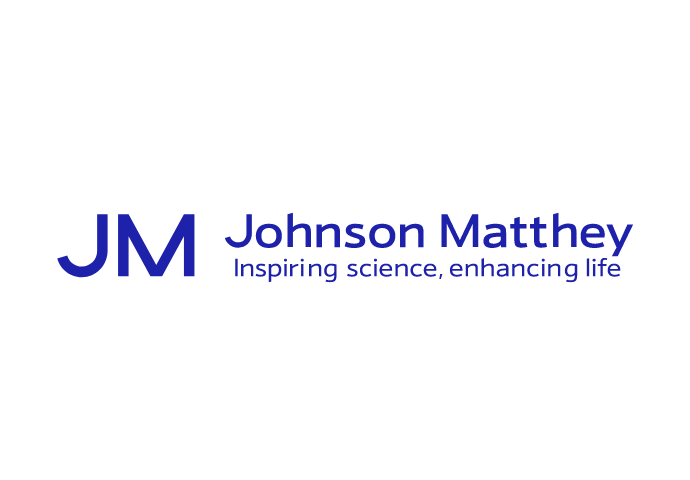-
Demand for platinum, palladium, and rhodium will continue to outweigh supply according to Johnson Matthey’s 2024 PGM Market Report.
-
Platinum forecast for its largest supply shortfall in ten years.
-
A special report focused on the critical role PGMs will play in the energy transition published alongside the report.
The platinum market is forecast to record its largest supply shortfall in ten years. Primary supply is predicted to decline by 2%, as Russian shipments return to more normal levels, following heavy selling of mined stocks in 2023. In South Africa, processing the backlog of untreated platinum will help offset the impact of restructuring by major PGM miners. Its demand, however, should remain firm, with investment in positive territory, and industrial consumption supported by ongoing investment in the glass industry. Automotive platinum use is set to contract slightly due to falling production of diesel cars but will remain close to fifteen-year highs.
The deficit in the palladium and rhodium markets will shrink in 2024, according to the JM report. Automotive demand is forecast to fall, as global gasoline car production decreases and car companies in China seek to reduce costs by cutting the PGM content of their catalytic converters. Combined primary and secondary supplies are set to rise slightly, as automotive recycling benefits from the processing of hoarded scrap in China.
Rupen Raithatha, Market Research Director at Johnson Matthey, commented: “Although platinum, palladium and rhodium will all be in deficit this year, the markets remain highly liquid. Automotive and industrial users bought more metal than they needed during 2020-2022 to mitigate price and supply risks. Since then, consumers have been using up excess PGM inventory, and some have even sold metal back to the market. As a result, palladium and rhodium prices fell sharply during 2023 and have been relatively stable so far this year.”
JM's report highlights the PGM applications which are safeguarding the environment through tackling air pollution, improving energy efficiency, and reducing CO2 emissions. There has been heavy investment in platinum for glass production equipment used in wind turbines, which can require as much as 10,000 tonnes of glass fibre per gigawatt of capacity. Strong usage of iridium anodes is reported, which are used to produce ultrathin copper foils for batteries, and ruthenium-iridium electrodes are used to purify ship ballast water. These three metals are also used in PEM electrolysis for renewable (green) hydrogen production, which has excellent prospects for future growth.
Alongside the PGM Market Report, JM has also published a special report, ‘The PGM opportunity’. It focusses on the critical role PGMs will play in the energy transition, driven by the decline in internal combustion engine (ICE) vehicle production which will boost platinum, palladium, and rhodium availability within a more favourable price environment than seen over recent years. This is already incentivising innovation and market development exploiting the unique properties, mature supply chains, and established circularity of these metals.
Alastair Judge, Chief Executive, Platinum Group Metal Services at Johnson Matthey, said: “The PGM opportunity will prove crucial through the energy transition as other metals come under increasing supply pressure. Johnson Matthey has the science, market insight, and infrastructure to develop and support new PGM applications across incredibly diverse markets. However, collaboration across the PGM industry is essential to fully unlock the full potential of PGMs.”



